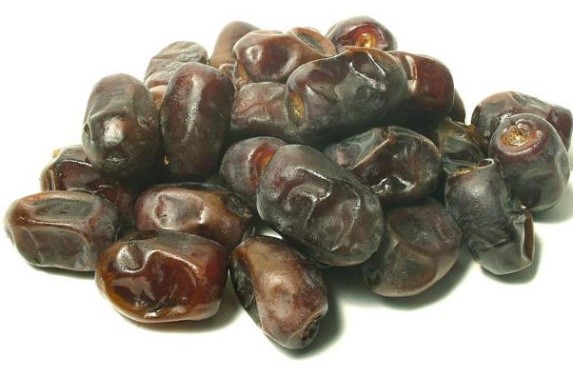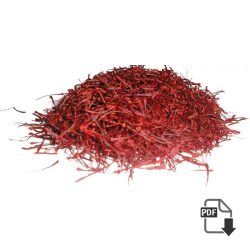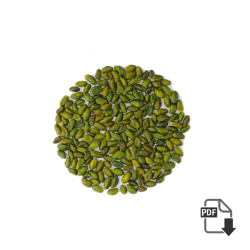Varietals & Nutritional information The versatile raisin Few foods are as easy to use as natural raisins. Sweet, tasty and delicious, raisins are a great snack just as they are or can add flavor to almost any favorite recipe. Varietals & Nutritional information The versatile raisin Try mixing these delicious sun-dried nuggets with nuts and other dried fruits for a naturally good trail mix. It's easy to add raisins to...
Sultana Raisins: Nature's Sweet Jewel of Delight Unveiling the Splendor of Sultana Raisins: A Treasure Trove of Sweetness and Nutrition Embark on a journey to discover the exquisite world of Sultana raisins, where nature's sweetness meets unparalleled nutritional value, offering a delectable addition to your culinary repertoire. Golden raisins Exploring the Essence of Sultana Raisins: Origins and Varieties 1. Roots and Cultivation: Tracing the Origins of Sultana Delve into the...
Golden raisins (Anguri) Golden Raisins: A Glittering Delight of Sweetness and Nutrition Embarking on a Golden Journey: Exploring the Allure of Golden Step into the world of golden raisins, where sweetness meets nutrition in a dazzling array of golden hues, offering a delightful addition to your culinary repertoire. Golden Long Raisin Understanding the Essence of Raisins: Origins and Varieties 1. Roots and Cultivation: The Origins of Raisins Discover the origins...
Black raisins (Sun-Dried) Unveiling the Richness of Black Raisins: A Delectable Dive into Flavor and Nutrition Exploring the Indulgent World of Black : A Journey into Sweetness and Health Delve into the world of black raisins, where we uncover their unique flavor profiles, nutritional benefits, and culinary versatility, offering a delightful addition to your diet. . Green raisins Understanding the Essence of Black Raisins: Origins and Varieties 1. Roots and...
Green raisins Exploring the Delightful World of Green Raisins: A Comprehensive Guide Unveiling the Allure of Green Raisins: A Journey into Flavor and Nutrition Embark on a flavorful exploration of green raisins, where we uncover the unique characteristics, nutritional benefits, and culinary versatility of these delightful dried fruits. Green The first raisins The Essence of Green Raisins: Understanding Their Origins and Varieties 1. The Grapevine Connection: Origins and Cultivation Discover...
Background of raisin Please for more information or any inquiry click here …… Raisins are made primarily by sun drying several different types of grapes. They are small and sweetly flavored with a wrinkled texture. Background of raisin The technique for making raisins has been known since ancient times and evidence of their production has been found in the writings of ancient Egyptians. Currently, over 500 million lb (227 million...
First raisins Unveiling the Origin: Exploring the Origins of Raisins A Glimpse into History: Tracing the Roots of the First Raisins Delve into the captivating history of raisins as we embark on a journey to uncover their origins—the humble beginnings that led to the worldwide appreciation of these delectable dried fruits. From Vine to Raisin: The Journey of the First Raisins 1. Ancient Origins: Tracing the Earliest Raisin Production Explore...
Premium Iranian Raisins: Savor the Excellence of Trusted Manufacturers The Essence of Iran's Raisin Manufacturing: A Symphony of Quality and Tradition Embark on a journey into the heart of Iran's raisin manufacturing, where centuries-old traditions meet modern excellence. Join us in exploring the essence of premium Iranian raisins and the trusted manufacturers behind their exceptional quality. Iran raisin manufacturer business. Raisin manufacturing process Raisin Varieties and Crafting Expertise: Iran's Manufacturing...
History of Raisins It is now known that the drying of grapes on the bush has been discovered in pre-historic times. This method has been attributed to the Greeks between 1 and 2 BC. Commercial markets for raisins, supplied by the Phoenicians in Greece and Rome, expanded the cultivation of grapes in Greece and southern Spain and the Armenian vineyards in Iran. You may be interested in knowing more about...
The knights and raisins For all their popularity, though, raisins were not exported to the rest of Europe. Shipping methods were too poor to maintain the quality of the raisins for long travel. knights and raisins All of that changed in the 11th century. Knights returning from the crusades brought raisins back to Europe with them. They had sampled the dried fruit during their travels through the Mediterranean and Persia....

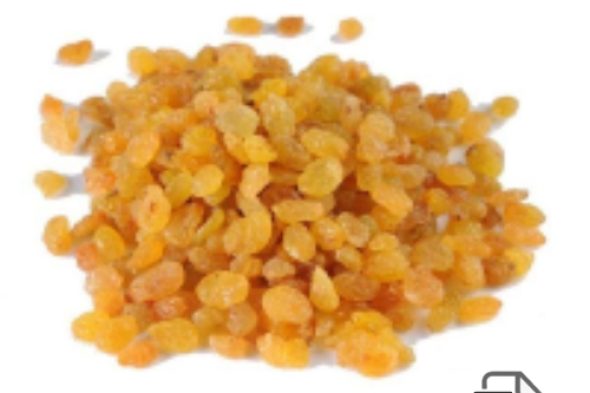
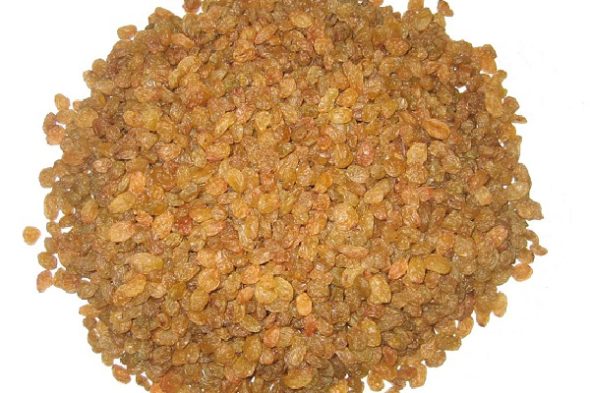
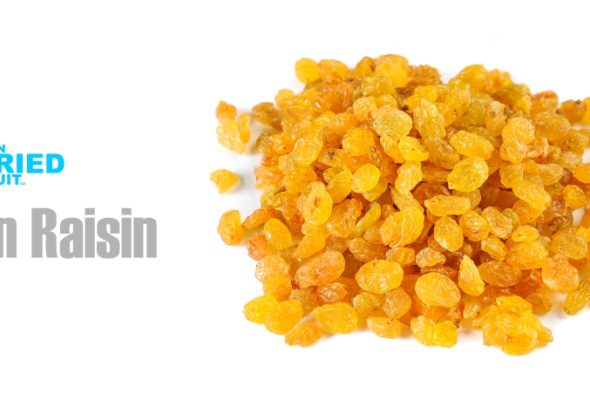
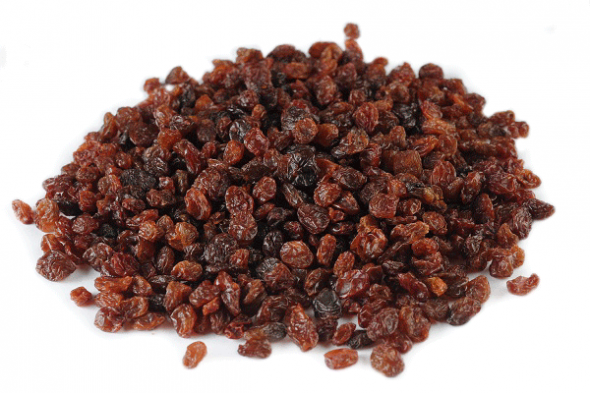
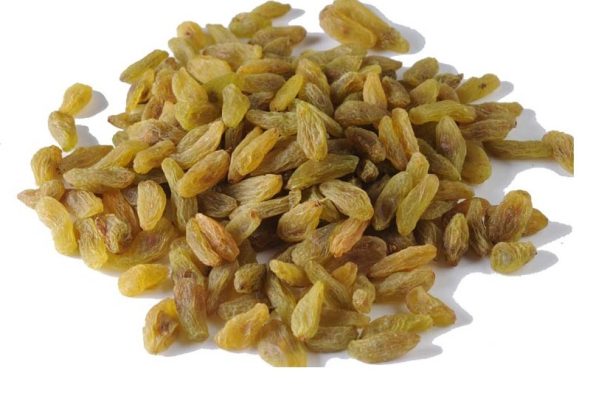
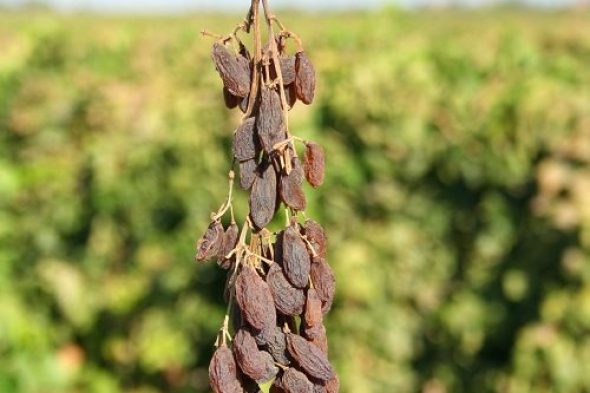
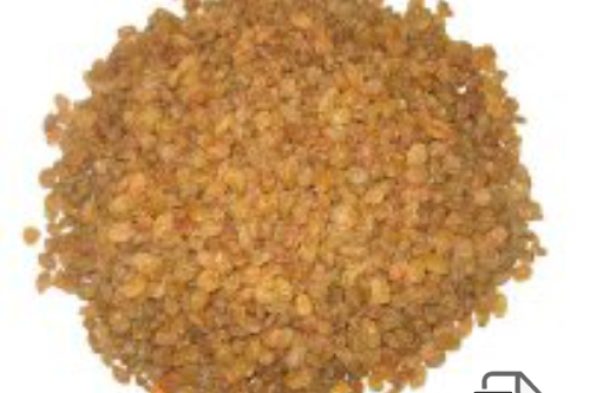
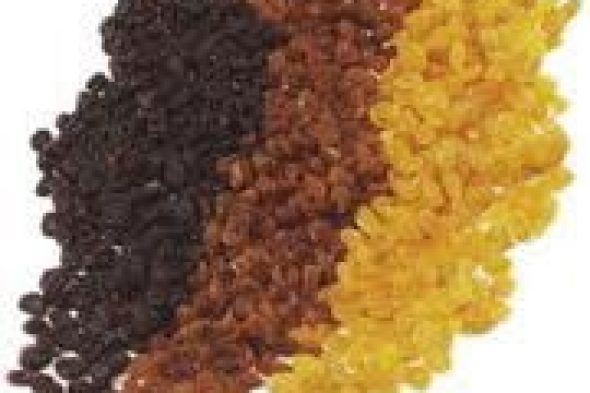
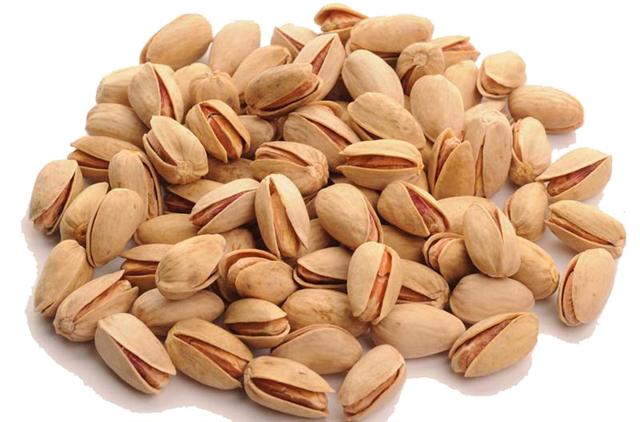
 3 kind raisin
3 kind raisin 